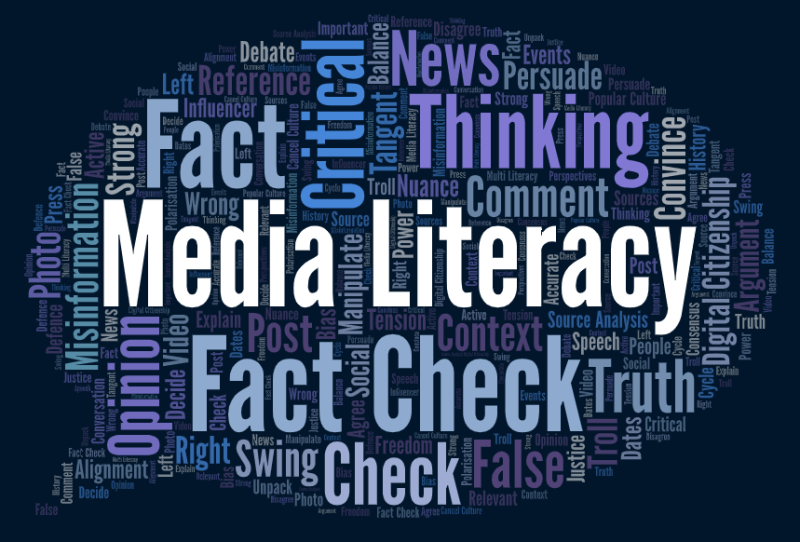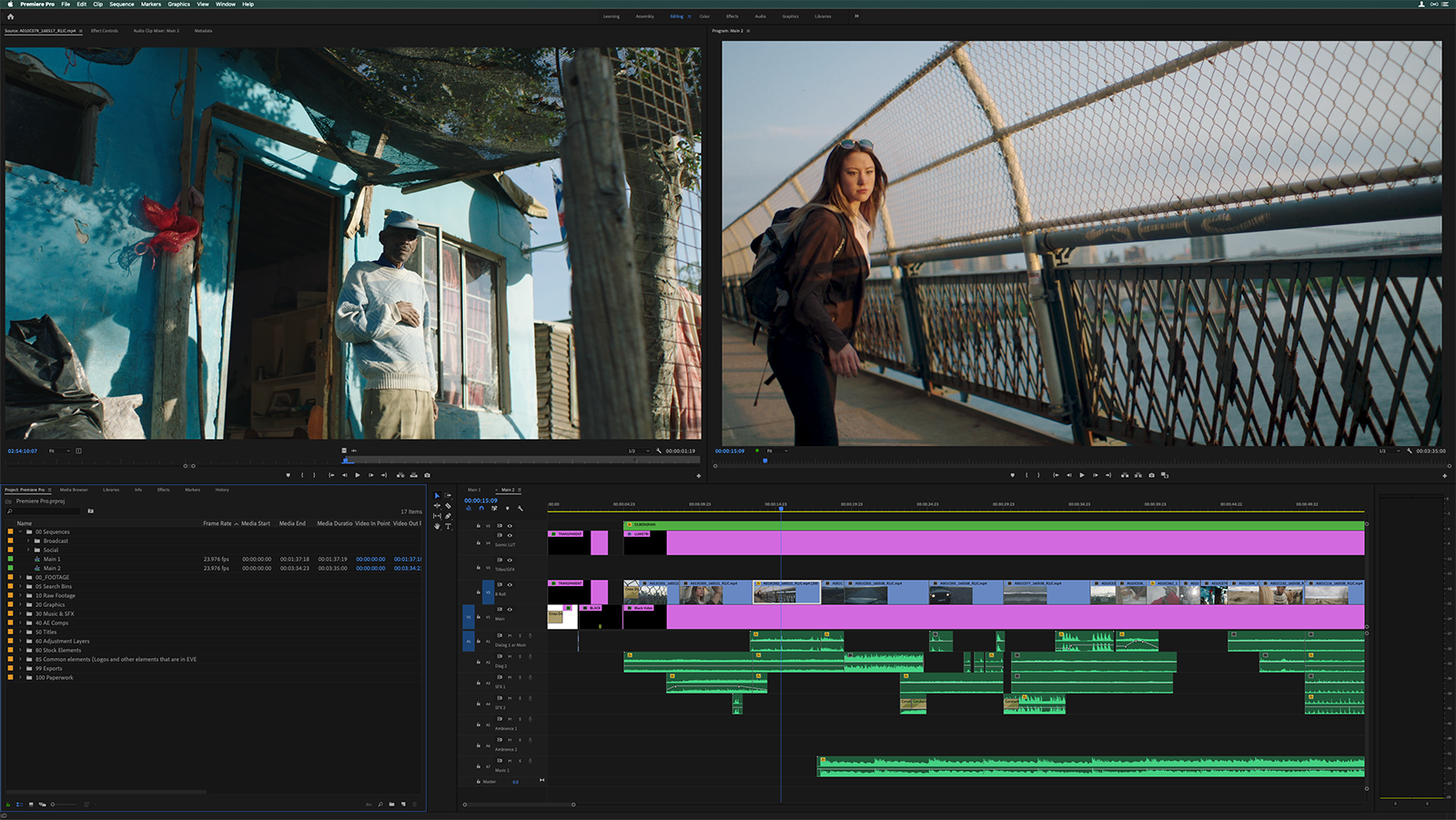 |
| Image Source |
This selection of articles gave me a greater perspective of the effects of social media on the average person’s perspectives and outlooks. They also showed how effective media literacy can be as a tool against misinformation and disinformation. In the first article (Media Literacy Ireland, 2020) Niamh Kirk examines what media companies are doing to combat misuse of social media services. As shown in the survey conducted by FuJo Media, 62 percent of people have concerns about misinformation online. This shows a clear need for misinformation to be tackled. This could be done by through teaching media literacy, empowering users, or removing it at the source.
Both governments and corporations have a much bigger role in combatting misinformation than I thought. The European Commission’s Code of Practice on Disinformation (ECCPD) was signed by media corporations Facebook, Twitter, Google, and Microsoft. While they want to be accountable, their progress isn't holding up to scrutiny. The Broadcasting Association of Ireland (BAI) conducted a ‘Code Check’ report. This examined how corporations support users and uphold media literacy (pillars D & E of the code). Customers on these platforms are offered methods of reporting content, but it's unclear if any action is taken in response. Another example of this ambiguous behaviour is the collection and use of user’s personal data.
The second article (Media Literacy Ireland, 2020) shows that, without these supports in place, misinformation gets more recognition than it should. Almost half of UK respondents to a survey had come across false information about COVID-19. In addition, more than a third of NI participants said, “they found it hard to know what is true and what is false about Coronavirus”. The conclusion to this article suggests that “There is a role to play for all media literacy practitioners” in following up on misinformation. This is a very important note to make, as faults in communicating can happen at any stage. Any number of issues can lead to errors in communication. It could be that the message is conveyed poorly, or the audience misinterprets it, or it is conveyed in the wrong medium to begin with.
The article, “News media literacy, perceptions of bias, and interpretation of news” (SAGE Publishing, 2020) further solidifies this wariness of widespread media. It finds that “individuals seek out news from sources that match their political beliefs”. I think it’s important to mention that cognitive biases, as shown throughout this article can have an ill effect on audiences. In some cases, this can reinforce bad habits and relations to media. In some cases, people can find themselves in ‘echo chambers’ online; spaces that reinforce harmful doctrines.
These articles each offered a new perspective of how deception in media can impact our lives. It made me realise that there must be vast change in our media landscape to prevent misinformation. False info has proven to be very harmful in recent years, with dramatic political and social implications. This change also needs to come from many sources; consumers, companies, and institutions each have a role to play in this.
Sources:
Blogger (2021) Media Literacy [online] Available from <https://milo-idm.blogspot.com/2021/10/media-literacy.html> [accessed 2 Nov 2021].

No comments:
Post a Comment